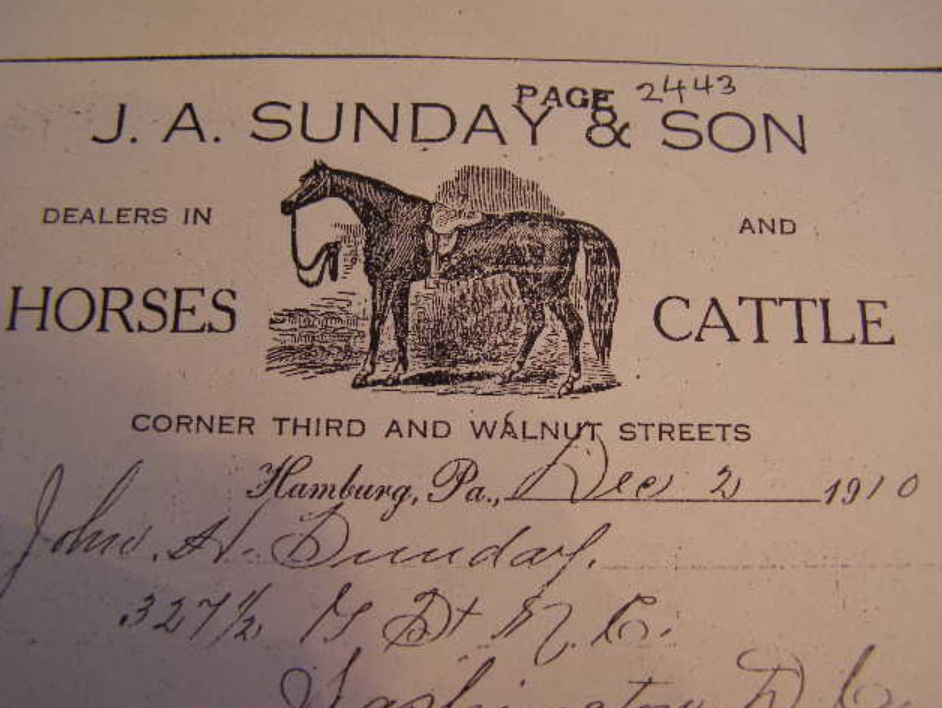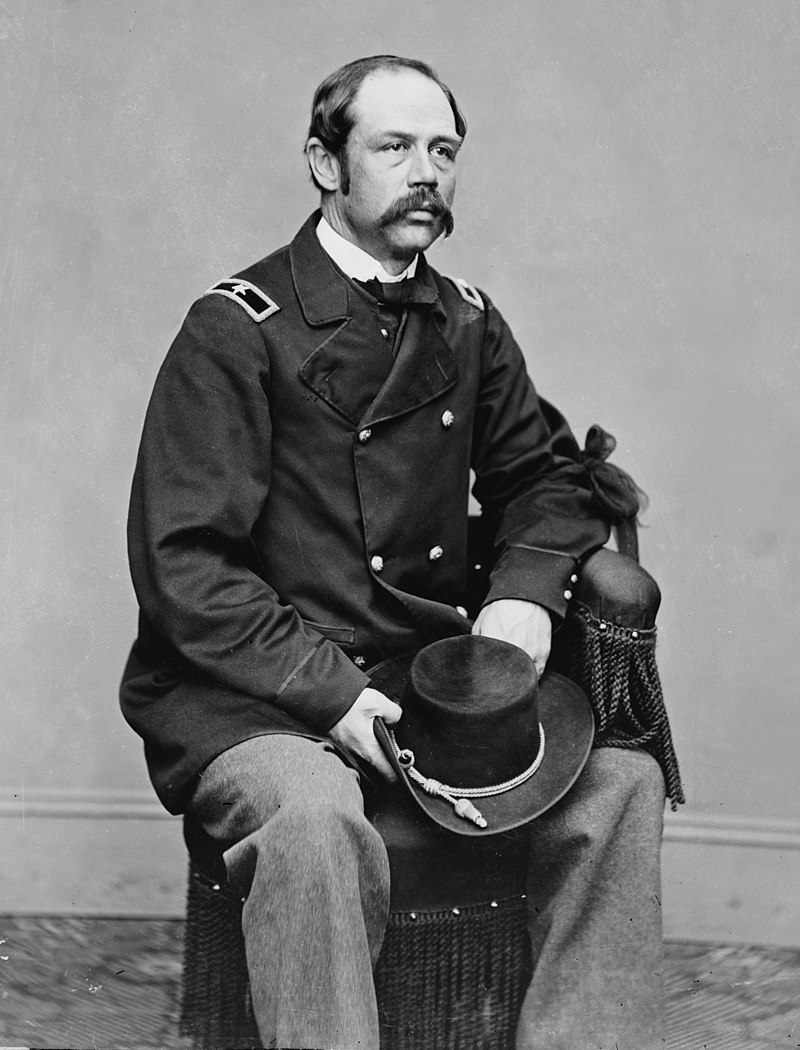William Collins was born in Nottingham, England, in 1835. At just 13 years old, he crossed the Atlantic aboard the America, accompanied by his 11-year-old sister Charlotte and an elderly woman, likely their grandmother. Collins eventually settled in Philadelphia, where, at age 26, he enlisted as a private in the 88th Pennsylvania Infantry.
From the outset, Collins proved to be a handful. He bounced between companies, eventually landing in Company D—an outfit known within the regiment as the “misfit” company. Muster rolls tell a story of absenteeism and debt: over two of his first four months were spent AWOL, and he owed significant sums for lost or damaged equipment.
The 88th saw its first major combat at the Second Battle of Bull Run. Then part of Ricketts’ Division in Heintzelman's Corps, they took position near the Stone House as Confederate forces threatened the Union left. At around 4:30 p.m., General McDowell ordered Tower’s and Stile’s Brigades to reinforce Chinn’s Ridge against Longstreet’s Corps. Tower’s Brigade, spearheaded by the 88th, marched 1,300 yards across unforgiving terrain—steep creek beds, thistle-covered hills—all under relentless Confederate artillery.
Upon reaching Bald Hill, the men saw the Union’s Ohio Brigade crumbling under pressure, their Zouaves retreating in flashes of red pantaloons. At 5:00 p.m., Tower’s men joined the battle at the double quick. Company K, under Captain Sylvester Bookhammer, was the first to arrive and paid a heavy price. Bookhammer was gravely wounded; of ten company commanders, three were wounded and one killed.
Collins himself was wounded in the foot and taken prisoner. After being paroled, he missed the battles of Antietam and Fredericksburg while recovering in a Baltimore hospital—and stirring trouble once more. In early 1863, he was ordered back to duty, but repeatedly vanished from the hospital. Assistant Surgeon DeWitt Peters finally reported him to the Provost Marshal:
“Private Wm Collins… was down on the list to go to his regiment, but escaped and went into the city. I saw him on the street today and caused him to be arrested and brought to our Guard House… He is a hard drinker… Can you not take him under charge and send him to his regiment by the first opportunity?… This man is better off in the field than confined here, where he is a source of annoyance.”
Eventually, Collins rejoined the 88th at Gettysburg. Against expectations, he and the "misfit" company were among the first to charge over the wall at Oak Ridge, halting an assault by the 23rd North Carolina. His bravery earned him a promotion to corporal—but the honor wouldn’t change him.
Just months later, at Spotsylvania Courthouse, Collins deserted again—this time under the cover of darkness. He was captured and sent to Belle Isle prison in Richmond. There, he reinvented himself, adopting the name “Mosby” after the infamous Confederate raider.
Conditions worsened when he was transferred to Camp Sumter—better known as Andersonville. Collins used his imposing figure and charisma to unite other desperate men, forming a violent faction known as Mosby’s Raiders. These raiders terrorized fellow prisoners: robbing, beating, and sometimes killing them for meager supplies. One diary entry by prisoner Eugene Forbes captured the chaos:
“Our own men are worse to each other than the rebels are to us...”
Collins' gang grew notorious. The general prison population eventually formed a policing group called the Regulators, who arrested the Raiders with Captain Henry Wirz's approval. After a trial by their fellow prisoners, Collins and five leaders were sentenced to death.
On July 11, 1864, Collins was publicly hanged inside the camp before 45,000 witnesses—still the most-watched execution in U.S. history. His hanging was gruesome: the rope broke the first time, and he had to be rehung.
Collins’ grave, like those of the other Raiders, lies apart from the rest of the Union dead. While the graves at Andersonville are honored each year, those six remain deliberately ignored—a final act of repudiation for men who inflicted as much pain as they endured
































